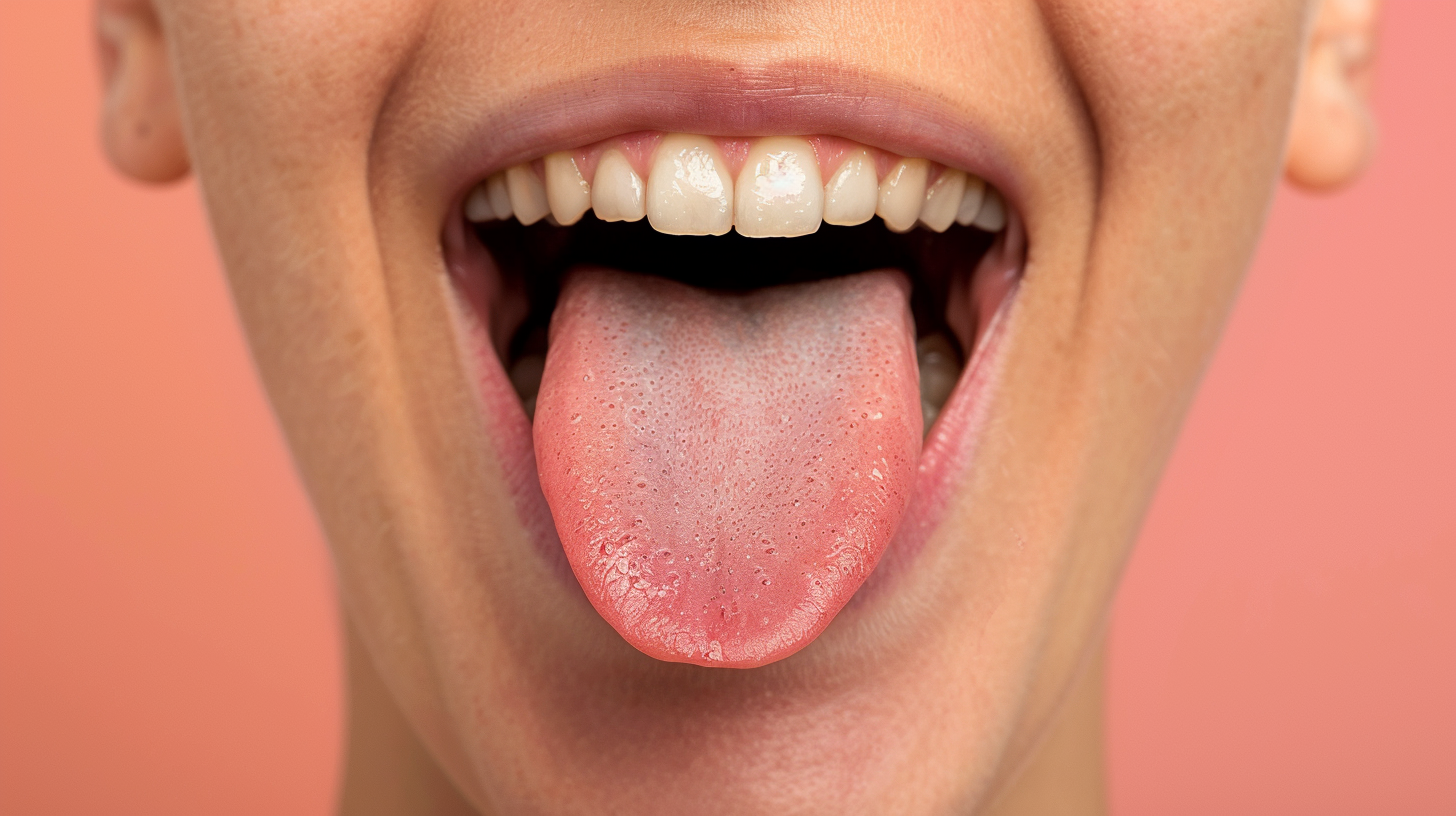Have you ever caught yourself hunched over a phone or slouching at your desk, chin jutting forward? If so, you’re not alone. Forward head posture (FHP)—sometimes called “tech neck”—has become one of the most common postural problems in today’s world. At BreatheWorks, we see the far-reaching impact of this modern epidemic: not just on pain and appearance, but on airway health, sleep, and even how you breathe.
What Is Forward Head Posture?
Forward head posture happens when your head sits in front of your shoulders rather than being balanced directly above them. Instead of your ears lining up over your shoulders, your chin juts out, and the upper back rounds forward.
How Common Is It?
- More than 66% of adults and up to 75% of adolescents show signs of FHP—thanks to smartphones, computers, and sedentary lifestyles (Singla & Veqar, 2017).
- The average human head weighs 10–12 pounds. For every inch your head moves forward, it adds about 10 extra pounds of force on the neck and upper spine (Kapandji, 2008).
How Does Forward Head Posture Affect Your Body?
1. Spinal Strain and Pain
- FHP dramatically increases pressure on the cervical spine (neck). Over time, this can lead to:
- Chronic neck, shoulder, and upper back pain
- Muscle tension headaches
- Early wear and tear on the discs and joints of the spine
- Decreased range of motion
- Chronic neck, shoulder, and upper back pain
2. Nerve Impingement and Poor Circulation
- Nerves running through the neck can be compressed, leading to numbness, tingling, or weakness in the arms and hands.
- Poor alignment impairs blood flow and lymphatic drainage from the head, which may worsen headaches and fatigue.
3. Breathing and Airway Problems
Forward head posture doesn’t just hurt your neck—it also impacts your breathing and airway function:
- Reduced airway size: Studies show FHP narrows the upper airway, increasing resistance to airflow (Journal of Physical Therapy Science, 2016).
- Mouth breathing: FHP is linked with chronic mouth breathing, as the tongue drops from the palate and the jaw opens slightly. This increases the risk of sleep-disordered breathing, snoring, and obstructive sleep apnea (OSA).
- Lower oxygen intake: Poor posture restricts rib and diaphragm movement, decreasing lung capacity and oxygenation.
4. Impact on Posture, Mood, and Focus
- FHP shifts your center of gravity forward, throwing off your whole-body alignment and increasing the risk of falls or injuries.
- Posture and mood are closely linked: research from San Francisco State University found that slouched posture (including FHP) is associated with increased feelings of depression and lower energy levels (Peper & Lin, 2012).
What Causes Forward Head Posture?
- Prolonged screen time (phones, tablets, computers)
- Reading or driving with head forward
- Poor ergonomics at work or school
- Weak neck, back, or core muscles
- Chronic mouth breathing or airway obstruction (e.g., allergies, enlarged tonsils)
How Forward Head Posture and Airway Are Connected
At BreatheWorks, we know that airway and posture are inseparable:
- FHP alters tongue and jaw position, narrowing the airway and increasing resistance—especially when lying down.
- Poor airway function (like nasal congestion) often causes compensatory FHP as the body tries to keep the airway open.
A 2019 review in the Journal of Oral Rehabilitation found that children and adults with airway issues (mouth breathing, sleep apnea) almost always display some degree of FHP—and that correcting the airway often improves posture, and vice versa.
How BreatheWorks Can Help
We don’t just look at symptoms—we treat the whole patient. Our team specializes in:
- Comprehensive postural and airway assessment
- Myofunctional therapy to restore healthy tongue posture and nasal breathing
- Manual therapy and posture coaching to relieve tension and correct alignment
- Collaboration with your medical and dental team for a truly integrated approach
Take Action: Simple Steps to Support Better Posture and Breathing
- Do a quick posture check throughout your day:
Imagine a string gently lifting the crown of your head. Your ears should align over your shoulders, chin relaxed, and your upper back tall—not rounded. - Balance your screen time:
Set reminders to take movement breaks, stretch, and reset your posture every 30–60 minutes. Even a minute or two can make a difference. - Support healthy breathing:
Prioritize nasal breathing whenever possible. If you struggle with congestion or chronic mouth breathing, seek solutions early—your airway health and posture are closely linked. - Listen to your body:
Persistent neck pain, headaches, fatigue, or breathing difficulties are signs it’s time for a deeper look.
At BreatheWorks, we understand that posture is about more than appearance—it’s about how you move, breathe, and thrive. If you’re experiencing discomfort or want to optimize your health, reach out for a comprehensive evaluation and personalized plan to help you feel—and function—your best.



